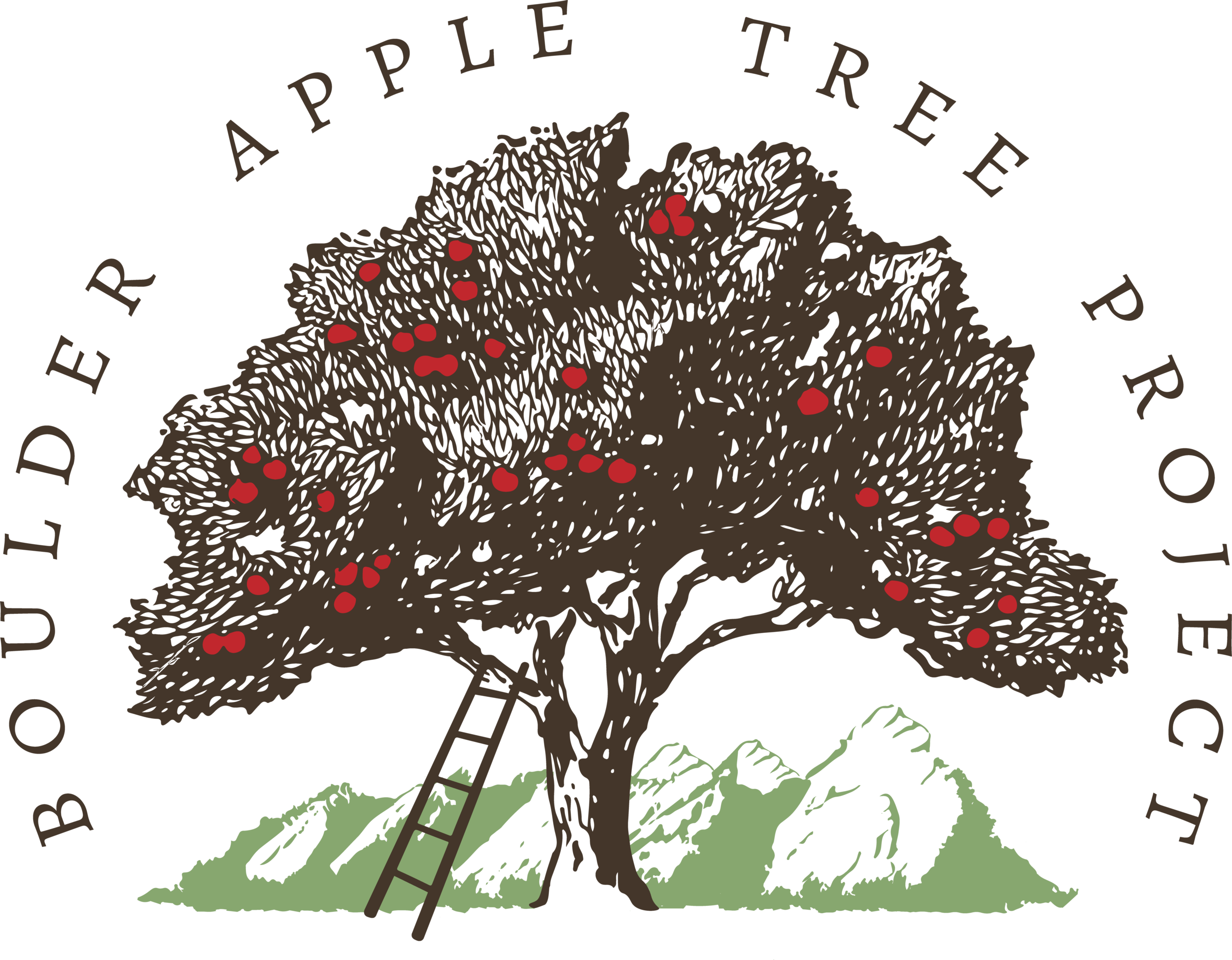Student Experience Feature: Madeleine Ross discusses Urban Heat Islands and experience in Urban Ecology CURE course
Madeleine with her apple samples 4 weeks post inoculation with the fire blight bacteria.
One topic that I’ve found particularly interesting in Urban Ecology has been the Urban Heat Island effect. The Urban Heat Island effect describes a phenomenon where cities have much higher temperatures than their surrounding suburban and rural areas. Many factors play into this effect such as generators and AC units producing extra heat, infrastructures such as asphalt and conventional roofs absorbing more heat, and a general lack of vegetation. The Urban Heat Island effect can be harmful, as higher temperatures can lead to reduced overall air quality, as well as exacerbating conditions such as asthma or heart disease. Some cities have begun to implement more tree cover, parks, and green roofs to reduce the intensity of the urban heat effect.
Having the opportunity to conduct a partner research experiment this semester was incredibly valuable. In a semester where all of my courses were online, doing hands on work in the lab, on my own terms was refreshing. Being able to both learn new skills, and apply them in the lab ( such as using R software) felt empowering- especially as the research was relevant, and my partner and I were able to present our findings at the Boulder Apple Tree symposium. I feel much more confident in my own scientific abilities now- knowing that I can form my own project and see it through. Despite the unprecedented challenges, I’m very glad I was able to take this lab session, and feel a stronger connection to the Boulder community, as well as advancing my research skills.
Madeleine Ross
EBIO 1250 Student
Fall 2020 Urban Ecology Lab Instructed by Deidre Jaeger
Madeleine’s initial apple samples just after inoculation with the fire blight bacteria.


